U.S. President Donald Trump imposed new reciprocal tariffs on imports from different countries and territories around the world. The new adjusted tariff rates ranging from 10% to as high as 50% on key U.S. trading partners. Most of these tariffs are set to officially take effect on August 7.
These tariffs were first announced on April 2 and briefly paused, but on July 31, they were reinstated with some changes. Some countries now face lower tariffs, while others are hit with much higher rates. Trump’s tariff policy marks a shift in U.S. trade policy, as Trump pushes for what he calls “fair and balanced” trade relationships. It will affect sectors like steel, aluminum, copper, and automobiles, and has already raised concerns across global markets.
Original and Revised Reciprocal Tariffs On Key U.S. Trading Partners
The table below shows the original and revised tariff rates for selected countries.
| Country | Original | Revised | Change |
|---|---|---|---|
| Australia 🇦🇺 | 10% | 10% | 0% |
| Brazil 🇧🇷 | 10% | 50% | 400% |
| Canada 🇨🇦 | 25% | 35% | 40% |
| China 🇨🇳 | 54% | 30% | -44% |
| Europe 🇪🇺 | 20% | 15% | -25% |
| India 🇮🇳 | 26% | 25% | -4% |
| Indonesia 🇮🇩 | 32% | 19% | -41% |
| Japan 🇯🇵 | 24% | 15% | -38% |
| Mexico 🇲🇽 | 25% | 25% | 0% |
| New Zealand 🇳🇿 | 10% | 15% | 50% |
| South Korea 🇰🇷 | 25% | 15% | -40% |
| Switzerland 🇨🇭 | 31% | 39% | 26% |
| Taiwan 🇹🇼 | 32% | 20% | -38% |
| Thailand 🇹🇭 | 36% | 19% | -47% |
| United Kingdom 🇬🇧 | 10% | 10% | 0% |
| Vietnam 🇻🇳 | 46% | 20% | -57% |
Source: Niven Winchester, The Conversation.
Countries Facing the Higher Revised Tariffs
According to the revised tariff rate, some countries are going to see a big jump in the tariffs they face when exporting to the U.S. This means it will now be more expensive for them to sell their products in the American market.
🇧🇷 Brazil:
Brazil has one of the biggest increases in tariffs that went from 10% to 50%, a 400% rise. This could hurt Brazil’s exports to the US markets badly. Products like soybeans, meat, and iron could become less competitive in the U.S. market, making it harder for Brazilian companies to sell.
🇨🇦 Canada:
US Tariffs on Canada increased from 25% to 35%, a 40% rise. Canada is a close trading partner of the United States, and this tariff hikes may lead to friction between the two countries. It could especially impact industries like automotive, lumber, and food products that rely heavily on cross-border trade.
🇨🇭 Switzerland:
The US Tariffs on Switzerland increased from 31% to 39%, a 25 % rise. This makes Swiss goods more expensive in the U.S., particularly luxury items like watches and chocolates.
🇳🇿 New Zealand:
US revised tariffs on New Zealand went from 10% to 15%, a 50% increase. Though small in absolute terms, the jump could affect key exports like dairy and meat.
For these countries, selling to the U.S. has just gotten more costly due to tariff hikes.
US China Tariff War Timeline: From Escalation to 90-Day Truce
Countries Seeing Lower Revised Tariffs
On the other hand, several countries saw their tariffs reduced. This means their products are now more affordable for U.S. buyers.
China 🇨🇳: China is one of the United States’ biggest trading partners, and the U.S. has its largest trade deficit with China. Tariffs on Chinese imports were cut from 54% to 30%, a 44% decrease. That’s still high, but it’s a major drop from the original rate.
Vietnam 🇻🇳: Tariffs dropped from 46% to 20%, a 56% decrease. This could help Vietnam become even more competitive in U.S. markets.
Thailand 🇹🇭: Tariffs reduced from 36% to 19%, a 47.2% decrease.
Indonesia 🇮🇩: Tariffs dropped from 32% to 19%, a 40.6% decrease.
South Korea 🇰🇷: Tariffs fell from 25% to 15%, a 40% drop.
These cuts mean lower prices for U.S. consumers and possibly more sales for these exporting countries. However, even with these reduced rates, tariffs still exist, and that means some trade friction remains.
Countries That Stayed the Same
A few countries saw no change in their tariff rates:
- Australia 🇦🇺: Stays at 10%.
- Mexico 🇲🇽: Remains at 25%.
- United Kingdom 🇬🇧: Keeps its 10% rate.
Even though these countries didn’t see a change in their reciprocal tariff rates, however, their position in the global trade market may shift because of changes in other countries’ rates. For example, Australia now has a competitive edge because many of its rivals are facing higher tariffs. This could help the country’s exporters to sell more in the U.S. markets, especially in sectors like agriculture.
What Do These Changes Mean for the U.S.?
While the goal of reciprocal tariffs is to pressure other countries into fair trade deals, they come with side effects.
Higher prices: If imports become more expensive, U.S. consumers will feel it in their wallets. Products like electronics, clothing, and cars may cost more.
Business costs go up: U.S. companies that use imported raw material will have to pay more to build their products. This raises the cost of production, which can lead to higher prices for those goods in stores.
It’s also important to note that the U.S. itself is expected to face economic losses due to these tariffs. A recent estimate shows the U.S. GDP could shrink by 0.36%, which equals around $108.2 billion per year. On average, this would cost each American household about $861 per year.
Conclusion
Tariffs are a powerful tool in international trade, but they come with trade-offs. Some countries win, others lose. The same goes for businesses and consumers. The revised tariff rates are a shift in the US trade policy. It shows how the US wants to do business globally—demanding fairer terms, but also taking risks that may affect its own economy.

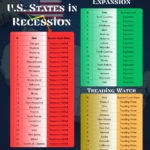
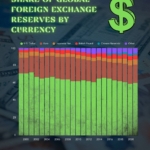
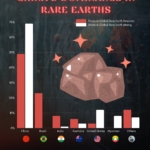

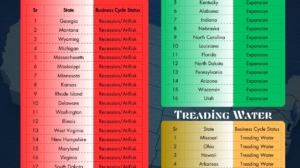
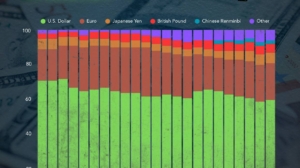
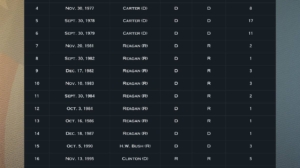
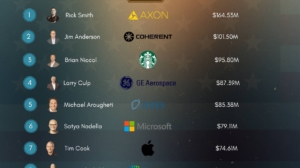
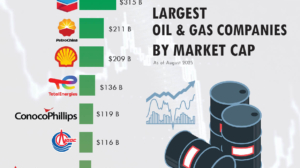
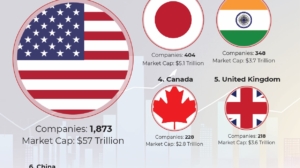
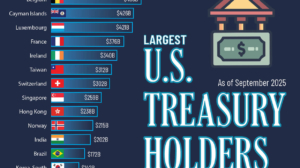

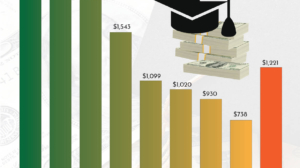
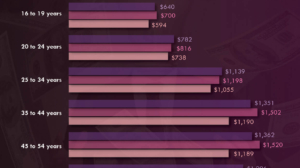
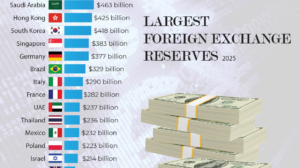
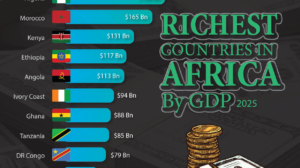
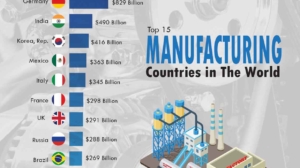
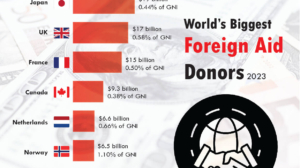
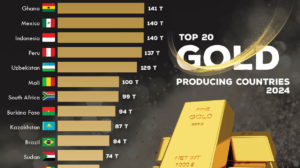
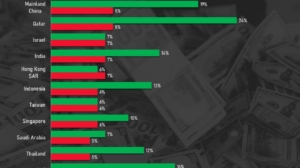
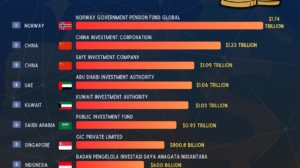
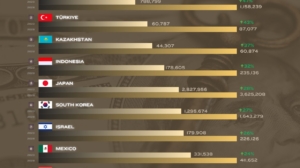


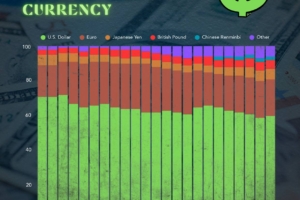
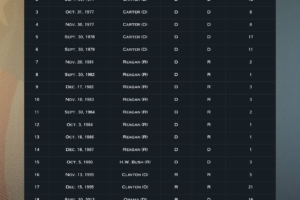








Add Comment